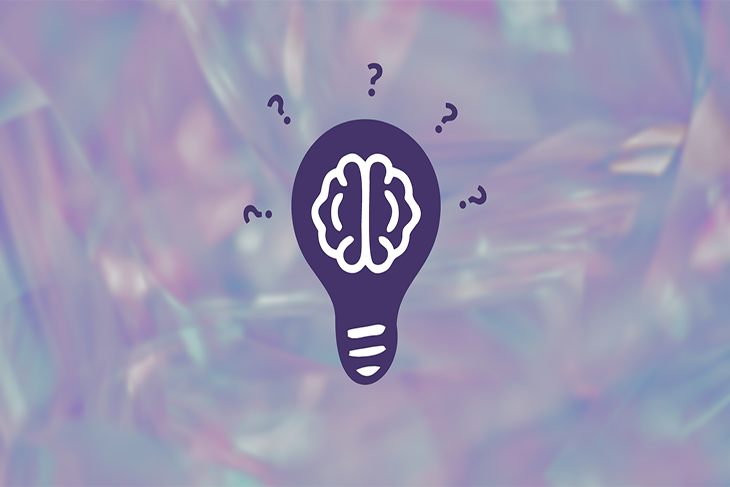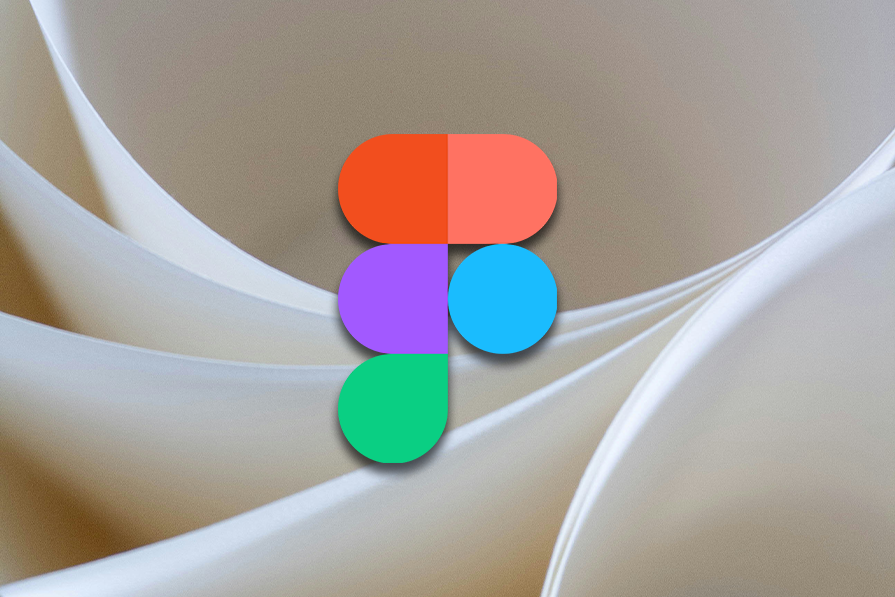
Cognitive biases are at the heart of a proper, wholesome user experience. After all, designing for UX means designing to cater to human psychology, which consequently means designing for biases we all have.
In this article, I’ll briefly recap cognitive biases, walk you through the most important biases, and explain how they impact UX design.
What is a cognitive bias?
Cognitive biases are patterns of behaviors where we, humans, deviate from rationality. Every time you find yourself making an irrational decision, it’s likely because one or more cognitive biases cause it.
Cognitive biases are rooted deeply in how our brains work. Since our brain tends to simplify things (system 1 thinking mode) and evolved a couple thousand years ago, we tend to make irrational errors — biases.
Occasional irrationalities, for many reasons, happen to everyone. And to call something a cognitive bias, we look for three factors:
- Systematicity — Only if an irrationality is predictably repetitive in a given context for the majority of humans can we call it bias
- Subconsciousness — We are usually unaware that we fall for one of the biases
- Effect on decision-making — A bias must have a real impact on our decision-making; else, it’s just a thought
Important biases for UX designers to know
Now that we have established a basic definition of cognitive bias, let’s look at the most common biases affecting our users.
Note that this is not an exhaustive list; in reality, hundreds of biases impact our decision-making.
These seven biases, however, are universal across products, so you should be aware of them. I’ll also help you determine how you can leverage cognitive biases in your designs.
1. Anchoring bias
We tend to anchor the first piece of information we receive and use it as a benchmark to compare options.
Think of and compare these two sales pitches:
- “My usual rate is $500 an hour. However, I’m willing to do you a favor. What do you think is a fair rate you could afford?”
- “The typical average for this service is $150. What would be your budget?”
In most cases, the first pitch would result in a higher counteroffer than the second, even if the service is the same and is provided by the same specialist.
In the first case, however, you would already be anchored to a high number, so going down to $200 would seem like a great deal.
So, to use an anchoring bias in your design, pay attention to what you anchor your users to.
I’ll refer to pricing pages as an example.
If you first present your most expensive plan, other plans suddenly feel like quite a good deal. On the other hand, presenting your cheapest option first would make other plans seem rather costly.
Brainly leverages this bias well here:
” data-medium-file=”https://blog.logrocket.com/wp-content/uploads/2024/07/anchoring-bias-in-UX.png?w=139″ data-large-file=”https://blog.logrocket.com/wp-content/uploads/2024/07/anchoring-bias-in-UX.png?w=473″ src=”https://blog.logrocket.com/wp-content/uploads/2024/07/anchoring-bias-in-UX.png?w=473″ alt=”Anchoring Bias in UX Design from Brainly” width=”328″ height=”709″ >
2. Hick’s law
The more options we have, the more time we need to choose, and the higher the chance we won’t choose any.
So, although more choices attract a wider audience, it might lower actual sales, too. This is the Hick’s law, more commonly known as the paradox of choice.
” data-medium-file=”https://blog.logrocket.com/wp-content/uploads/2024/07/the-paradox-of-choice-UX-bias.png?w=300″ data-large-file=”https://blog.logrocket.com/wp-content/uploads/2024/07/the-paradox-of-choice-UX-bias.png?w=765″ src=”https://blog.logrocket.com/wp-content/uploads/2024/07/the-paradox-of-choice-UX-bias.png?w=765″ alt=”Paradox of Choice as a UX bias” width=”765″ height=”430″ >
To leverage this bias in your product designs, reduce the cognitive load of your offerings.
Limit the number of options you display in a single step.
You could also combine options or remove them altogether.
Whether it’s the number of subscription plans, the number of choices in the dropdown menu, or even the color schemes for customizable UI, ask yourself three times if a given option deserves to stay.
3. Serial position effect
When presented with a longer list (of plans, options, words, etc.), we tend to remember things listed at the beginning and the very end.
Let’s put it into practice. Try to remember the following number’s sequence:
7 7 3 0 3 8 4 9 0 2 2 1 0 4 0 3 0 1 0 3
You can easily recall the first and last few numbers. Even if you don’t, if I ask you if the sequence has the numbers seven and three. You’ll most likely recall them and their positions.
But can you remember where the number eight was? It’s hard to, right?
Back to UX design. Use this cognitive bias whenever you have to list things — put your most important points at the beginning and end.
The bias will help your design work in your favor for nearly everything — lists of benefits, navigation options, lists of best features, etc.:
4. Peak-end rule
We remember the first and last in a list (serial position effect) on the micro-level. But when talking about a user journey, our brains work a bit differently.
We don’t usually remember the journey’s beginning. But we are more likely to recall the most heightened, intense moments (the peaks) and the conclusion (the end) — hence, the peak-end rule.
” data-medium-file=”https://blog.logrocket.com/wp-content/uploads/2024/07/peak-end-rule-in-UX-1.png?w=300″ data-large-file=”https://blog.logrocket.com/wp-content/uploads/2024/07/peak-end-rule-in-UX-1.png?w=895″ src=”https://blog.logrocket.com/wp-content/uploads/2024/07/peak-end-rule-in-UX-1.png?w=895″ alt=”The Peak-end Bias in UX explanation” width=”814″ height=”319″ >
We evaluate our whole experience based on the peaks and the overall end.
Think about the most recent movie you watched.
Do you care how did it start? Do you even remember? Most likely, the main thing you care about is the peaks of the story and the ending.
To leverage the peak-end bias in UX, highlight the peaks and ensure a proper finish.
The easiest trick here is to acknowledge the peak that took place.
Let’s take a look at Duolingo. Whenever you do a pretty good job (like getting multiple correct answers in a row), you get a small animation of Duo congratulating you:
” data-medium-file=”https://blog.logrocket.com/wp-content/uploads/2024/07/peak-end-rule-Duolingo.png?w=167″ data-large-file=”https://blog.logrocket.com/wp-content/uploads/2024/07/peak-end-rule-Duolingo.png?w=570″ src=”https://blog.logrocket.com/wp-content/uploads/2024/07/peak-end-rule-Duolingo.png?w=570″ alt=”Peak-end Bias in a Duolingo Design” width=”297″ height=”533″ >
Is it a game-changer for the overall experience? Nope. But it works well to make your learning sessions more memorable.
You don’t always need significant changes in the user journey to make your UX delightful.
5. Loss aversion
We experience negative emotions from losses significantly more than positive benefits from gains.
To use a simple example — if you could measure happiness in points, losing $500 would be like -10 points, whereas winning $500 would be closer to +7 points.
To test this out, would you rather:
- Have a 50% chance of winning $1000 and a 50% chance to win $500? or,
- Have a 50% chance of winning $5000 and a 50% chance to lose $1000?
Statistically, the second option is the most rationally preferred one, although most people choose the guaranteed win in similar scenarios.
We avoid losses at all costs, even if the upside is significantly higher.
So, in UX design, highlighting probable losses works significantly better than highlighting potential victories.
Say you are designing an app that helps people sleep more.
The header “Every day, you lose two hours of sleep. We can fix that” will work better than “We help you gain two hours of sleep.” See what I mean?
Here’s your takeaway — highlighting losses > benefits.
6. Sunk cost fallacy
Our tendency to avert losses causes another bias — the sunk cost fallacy.
We not only dislike losing things but the pain of loss increases with the investment we’ve already made.
Every month, I add more songs to my Spotify playlists, which makes me even more attached to Spotify, and the fear of losing access to my account increases:
” data-medium-file=”https://blog.logrocket.com/wp-content/uploads/2024/07/sunk-cost-fallacy-spotify.png?w=300″ data-large-file=”https://blog.logrocket.com/wp-content/uploads/2024/07/sunk-cost-fallacy-spotify.png?w=564″ src=”https://blog.logrocket.com/wp-content/uploads/2024/07/sunk-cost-fallacy-spotify.png?w=564″ alt=”Sunk cost fallacy example from Spotify” width=”504″ height=”168″ >
Back to you. When creating UX designs, implement tactics that increase the investments users make in your product.
Personalization is the most actionable step you can take in this direction. With minimal effort from users, each interaction with your product provides valuable input to enhance their experience. And over time, this personalization will make it increasingly hard for users to give up the experience.
I won’t be switching from Netflix to any other VoD anytime soon — their algorithm finally knows what shows to recommend.
7. Endowment effect
We tend to value things more if we own them.
Ask some homeowners how much they’d be willing to sell their house for. In most cases, if the homeowner is not under pressure, the number will be significantly higher than the market average.
After all, they ‘own’ it, live there, and are attached to it. So, you’d need to offer an enticingly good incentive to make them start at zero elsewhere.
So, as a designer focused on UX, try to instill a sense of ownership in the users of your product.
You can do it by allowing various customizations and personalizations of the content your users see.
Have you ever wondered how video games may earn billions just by selling cosmetic skins? Well, now you know. The more personalized and tailor-made a character is, the more valuable it is, and by extension, the better the game sells.
A guide, not an oracle
Although cognitive biases are extraordinarily impactful and scientifically proven patterns, following them unthinkingly might be counterproductive.
There are many, many variables in product design. The product you design, its target persona, and the market you operate in all impact how particular biases work. And optimizing too much for biases is a one-way street to developing manipulative dark patterns.
Designing for cognitive biases is a great starting point, but you must do your homework.
Continuously research your target audience, experiment with various approaches, and learn what works best for your specific product.
LogRocket: Analytics that give you UX insights without the need for interviews
LogRocket lets you replay users’ product experiences to visualize struggle, see issues affecting adoption, and combine qualitative and quantitative data so you can create amazing digital experiences.
See how design choices, interactions, and issues affect your users — get a demo of LogRocket today.



